7 Strength Tests That Show Whether Your Body Is Still Young
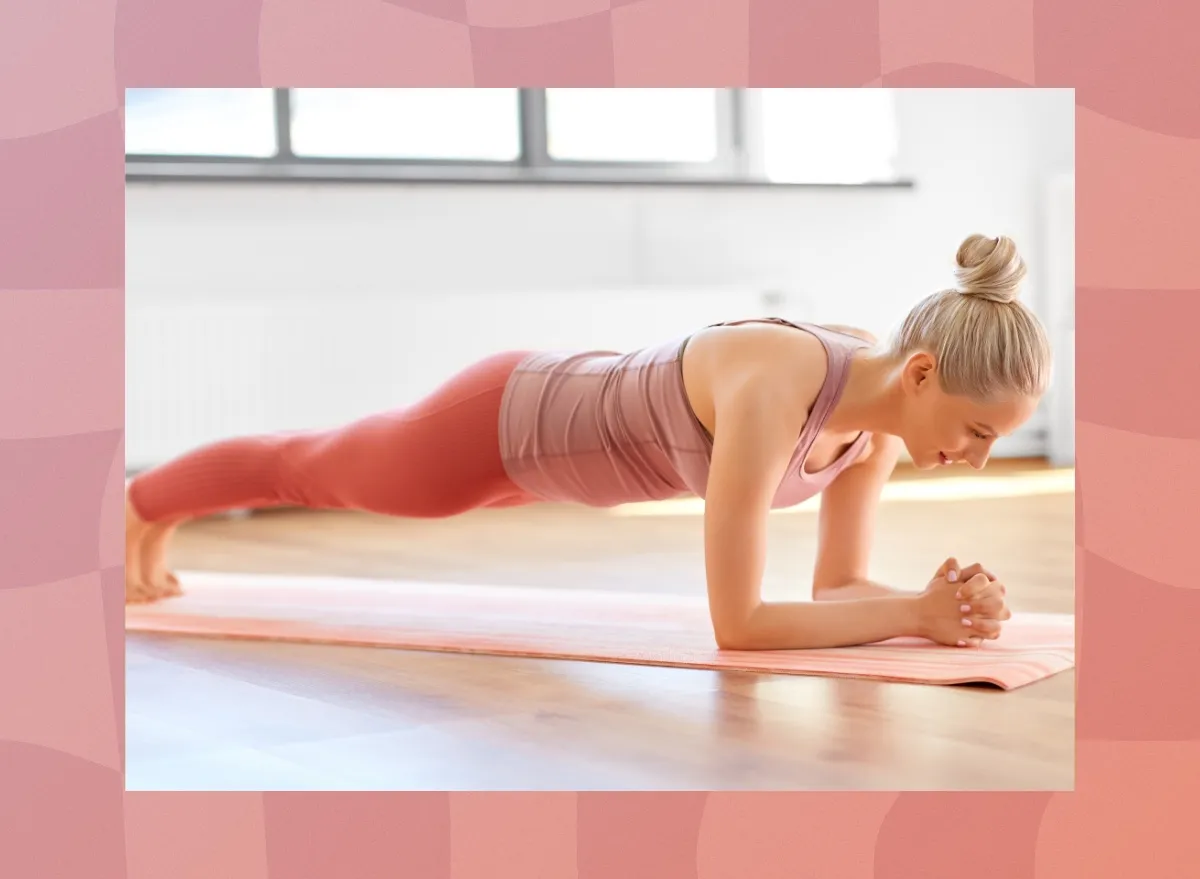
You don’t need a lab or fancy equipment to find out how fit you really are. These seven strength tests give you real-world insights into how your body is aging and how much strength, stability, and power you’ve held onto over the years. They reveal if your training is working and what you need to improve to keep moving like your younger self.
These tests challenge key aspects of strength like balance, core control, muscular endurance, and joint mobility. They also highlight potential weak spots that hold you back or set you up for injury. Whether you’re just curious or taking your training more seriously, these benchmarks are a powerful way to stay accountable.
Don’t worry if you can’t ace every test right now. The goal isn’t perfection, it’s awareness. These movements are designed to push your limits in a safe, measurable way so you build a stronger, more capable body for the years ahead. Perform each test with intention, and use your results to guide your next phase of training.
60-Second Pushup Test
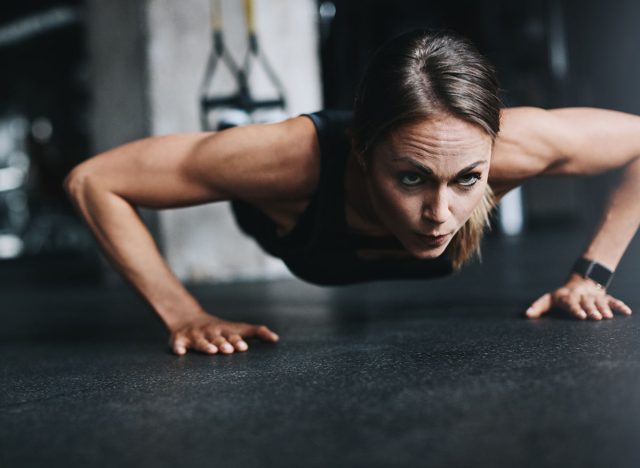
The 60-second pushup test shows how well your upper body and core work together under pressure. It measures your muscular endurance and highlights how efficiently you generate force without burning out. Pushups may seem basic, but doing them with good form over time requires serious strength.
How to do it:
- Get into a high plank position with hands just outside shoulder-width.
- Lower your chest toward the floor, keeping your elbows at about a 45-degree angle.
- Press back up and repeat for 60 seconds.
- Count how many clean reps you can perform without breaking form.
What it means: If you’re hitting 30 or more full pushups with proper form, your upper body endurance is in a great place. Fewer than 15 may suggest you need more foundational strength work.
Wall Sit Test

The wall sit test gauges strength and stamina in your quads, glutes, and core. It’s a straightforward way to see how long your muscles support your body under static tension. It also shows how well your body handles lactic acid buildup and mental fatigue.
How to do it:
- Stand with your back against a wall and slide down until your knees are at 90 degrees.
- Keep your back flat against the wall and arms at your sides or crossed.
- Hold this position as long as possible without shifting or standing up.
What it means: Holding for 60 seconds or more means you’ve got solid lower-body endurance. If you struggle to hold 30 seconds, your legs may need more strength and stamina training.
Dead Hang Test
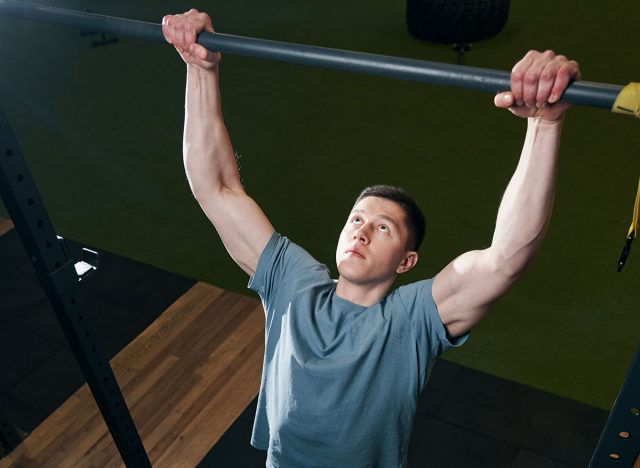
The dead hang test assesses grip strength, shoulder stability, and upper-body endurance all in one. It’s also a great indicator of joint health in your shoulders, elbows, and wrists. Strong performance here means your body supports its own weight efficiently.
How to do it:
- Grab a pull-up bar with palms facing away, shoulder-width apart.
- Let your body hang with arms fully extended and feet off the ground.
- Engage your shoulders slightly so you’re not just hanging passively.
- Hold as long as you can without swinging or letting your grip slip.
What it means: Holding on for 30 seconds is average, while 60 seconds or more shows excellent grip and shoulder strength. Less than 20 seconds suggests you may benefit from more pulling strength and grip training.
Sit-to-Stand Test
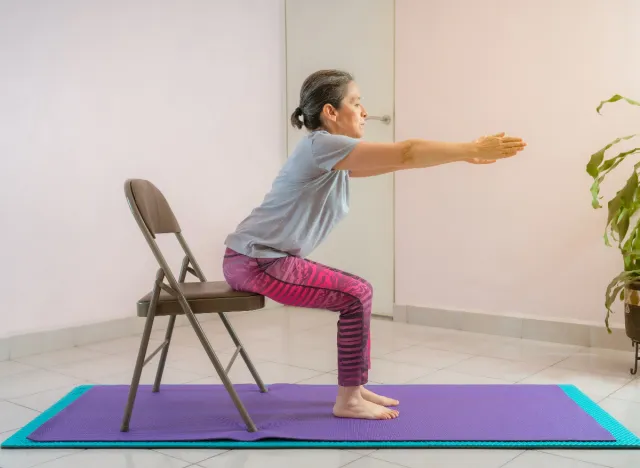
Sit-to-stand tests evaluate lower-body strength, coordination, and balance, especially through your hips and glutes. It mimics a daily movement pattern and shows how much power and control your legs still have without assistance.
How to do it:
- Sit in a sturdy chair with your arms extended in front of you.
- Stand up completely, then sit back down without using your hands.
- Repeat this for 30 seconds, counting how many reps you can complete.
What it means: If you do 12 to 15 reps or more, your lower body is strong and efficient. Fewer than 8 suggests a need for focused strength and stability training.
Single-Leg Balance Test
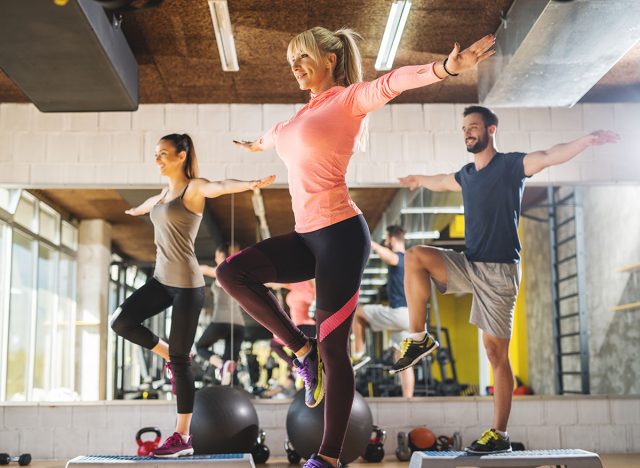
Balance often declines with age, but single-leg balance tests whether your stabilizers and nervous system remain sharp. It’s a strong predictor of fall risk and neuromuscular coordination. You’ll also feel how well your hips and ankles work together.
How to do it:
- Stand on one foot with your arms at your sides.
- Close your eyes and hold the position.
- Time how long you balance without wobbling, touching the ground, or opening your eyes.
- Switch sides and test the other leg.
What it means: A time of 10 seconds or more with eyes closed is solid. Less than 5 seconds means you could benefit from more stability and proprioception work.
Plank Hold Test
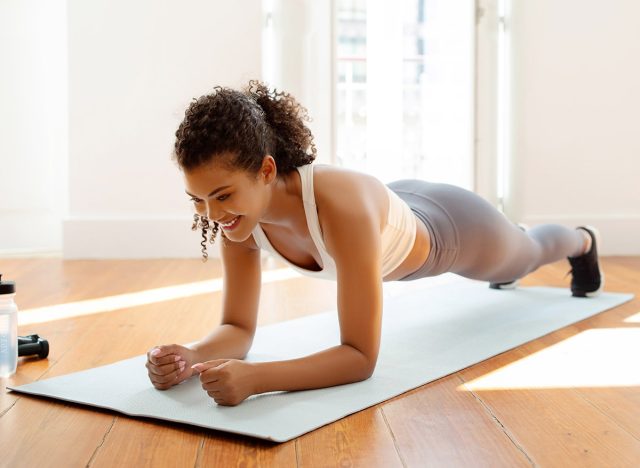
The plank hold should be your go-to test for core strength, spinal alignment, and endurance. A strong core supports every other movement you do, and this test shows if your midsection is up for the task. It also challenges your shoulders, glutes, and even your breathing.
How to do it:
- Get into a forearm plank with elbows under shoulders.
- Keep your back flat, glutes tight, and legs straight.
- Breathe deeply and hold the position as long as possible, without sagging or lifting your hips.
What it means: Holding a solid plank for 60 seconds is a great baseline. If you’re under 30 seconds, it may be time to build up core strength and control.
Step-Up Power Test
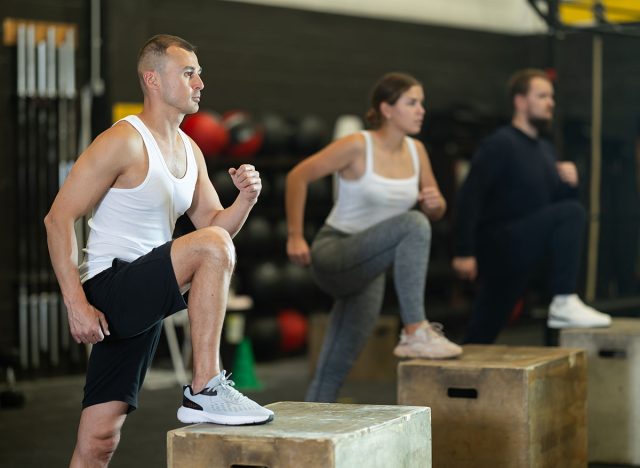
The step-up power test measures single-leg strength, power, and coordination. Explosive strength tends to decline as we age, and this shows whether your body still generates upward force quickly and safely.
How to do it:
- Stand in front of a knee-height box or sturdy bench.
- Step up with one leg, driving through your heel.
- Bring your other leg up to a high knee position at the top.
- Step down and repeat on the same leg for 30 seconds.
What it means: If you complete 10 or more powerful reps per leg in 30 seconds, your lower-body power is in a strong place. Less than 6 may point to a need for strength and power training.